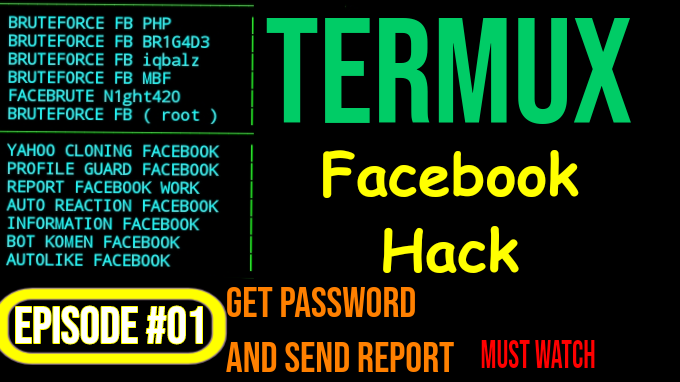
Report Facebook Hacking Password Additionally Needs
You can also file a report.If you are suspicious about a particular link, avoid using it to sign in to Facebook Your password additionally needs to be strong, so complicate it a bit by using numbers, alphabets and symbols Refrain from using apparent information such as your pets name for your password Moreover, make sure that you access Facebooks Help Center to read up on the additional safety features that have been created by Facebook If you think someone else who works on your Page was hacked, please tell them to go to the Hacked Accounts section of the Help Center to get immediate help. If your personal account was hacked, we can help you secure it. If you suspect that your Facebook account has been hacked, the first thing to do is change your password.Posts have been made that you didn't create. If authentic, this may constitute one of the biggest and most significant Facebook data dump to date. The private and personal information of over 1.5 billion Facebook users is allegedly being sold on a popular hacking-related forum, potentially enabling cybercriminals and unscrupulous advertisers to target Internet users globally.
Do not use your Facebook password anywhere else. Ensure that you create a different password for every web service/website you use. A strong password should contain at least one of each of the following characters: lower-case letters, upper-case letters, numbers, and special characters. The longer (more characters) your password is, the more time it will take the hacker to crack it. A strong password will be at least 8 characters in length, but the more the better. If you notice suspicious activity on your Facebook account such as changes to your name, birthday, email address or password new sent.

When the “remember password” prompt comes up and you are not at your own computer, click on the “not now” button. Avoid using the “remember password” feature on web browsers. This is particularly important if you are not using your own computer. Do not share your Facebook password with anyone. In fact, don’t share any of your passwords with anyone!
Do not accept friend requests from people you don’t know. Scammers can create fake accounts and friend people. If it’s not possible for you to avoid typing a password into a computer you don’t trust, change your password as soon as you can once you’re back at your own computer. Hackers commonly use keystroke loggers on computer systems that record everything you type, including passwords. Only type your password into trusted computers. If you are using a computer that you don’t know or trust, avoid doing anything that requires you to enter your password. You can ensure that a master password is in effect by checking the your browser preferences. Whether your browser automatically saves your passwords in a master password-protected file will depend on your operating system and your browser.
Note that you’ll need to be logged into your Facebook account. Report spam and suspicious content. How you report something will depend upon what you’re reporting. To the right of the tab you will see several options for adjusting your privacy, including “Who can see my stuff?” (set it to “Friends”) “Who can contact me?” and “Who can look me up?” Limit who can see your posts. Open your Privacy Settings by clicking on the “Privacy” tab in your “Settings” window. If your birthday and location are viewable by your Facebook friends, and you regularly update your whereabouts, scammers might be able to use your details and updates to crack your passwords or even break into your home when they know you’re away on vacation.
To report a message, open the message you’d like to report, click on the gear symbol in the top right of the message, and then click “Report Spam or Abuse. To report a post, click the down-pointing triangle in the top right of the post you want to report and select “I don’t want to see this,” then “Why don’t you want to see this?” to be brought to more specific options. In the bottom right of the cover photo, click on the ellipses (…) and select “Report.”


 0 kommentar(er)
0 kommentar(er)
